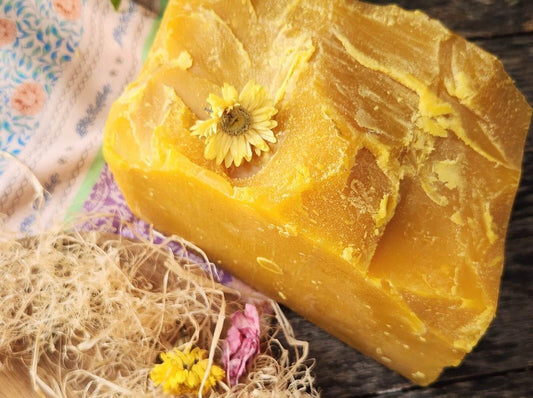Manuka honey is a unique and highly prized variety of honey that originates from New Zealand. Renowned for its distinct flavor, medicinal properties, and exceptional antibacterial activity, Manuka honey has gained popularity worldwide. In this article, we'll explore the origins, types, uses, benefits, and the modern process of harvesting Manuka honey.
Origins of Manuka Honey
Manuka honey is produced by honeybees that collect nectar from the Manuka tree (Leptospermum scoparium), a native plant of New Zealand. The unique properties of Manuka honey are attributed to the presence of a compound called methylglyoxal (MGO), which is derived from the conversion of dihydroxyacetone present in the nectar of Manuka flowers.
Types of Manuka Honey
Manuka honey is classified based on its unique MGO content, which indicates the potency of its antibacterial properties. The higher the MGO rating, the greater the antibacterial activity. Common types of Manuka honey include:
- UMF 5+ Manuka Honey
- UMF 10+ Manuka Honey
- UMF 15+ Manuka Honey
- UMF 20+ Manuka Honey
- UMF 25+ Manuka Honey
- UMF 30+ Manuka Honey
Uses of Manuka Honey
Manuka honey has a range of uses, both culinary and medicinal. It is valued for its unique flavor profile and is often enjoyed on toast, in teas, or as a natural sweetener in various recipes. Additionally, Manuka honey is recognized for its potent antibacterial and anti-inflammatory properties, making it a popular choice for wound healing, skincare, and digestive health support.
Benefits of Manuka Honey
The exceptional properties of Manuka honey contribute to its numerous benefits:
- Antibacterial Activity: Manuka honey has been found to exhibit strong antibacterial activity, even against antibiotic-resistant strains of bacteria such as MRSA.
- Wound Healing: Its natural enzymes and low moisture content create an optimal environment for wound healing, helping to reduce inflammation and promote tissue regeneration.
- Skin Health: Manuka honey is used in skincare products to moisturize the skin, reduce acne, and soothe irritation.
- Gastrointestinal Health: It can help alleviate symptoms of digestive disorders, such as acid reflux, gastritis, and stomach ulcers.
- Immune Support: The antioxidants and antimicrobial compounds in Manuka honey may support overall immune function.
Modern Manuka Honey Harvesting and Worldwide Consumption
The harvesting of Manuka honey follows similar processes to other types of honey. Here's a general overview of the modern harvesting process:
- Beekeepers carefully manage their hives in areas where Manuka trees thrive.
- During the flowering season, honeybees collect nectar from the Manuka flowers.
- The collected nectar is then transformed into honey within the hive through the bees' enzymatic processes.
- Beekeepers harvest the honey frames from the beehives.
- The honey is extracted using centrifugal force, which separates it from the comb.
- The extracted honey undergoes quality testing to determine its MGO rating.
New Zealand is the primary producer of Manuka honey, and its consumption has expanded globally due to its unique properties and health benefits. Manuka honey is highly sought after and used in various industries, including food and beverage, skincare, and natural health products.
In Conclusion
Manuka honey is a truly extraordinary gift from nature. With its origins in the native Manuka trees of New Zealand, this honey variety offers unparalleled flavor, exceptional antibacterial properties, and a wide range of health benefits. From its traditional uses to modern applications, Manuka honey continues to captivate people around the world. Incorporating this remarkable honey into your daily life can elevate your culinary experiences and provide you with the natural goodness of its medicinal properties.
Photo by Janosch Diggelmann on Unsplash










